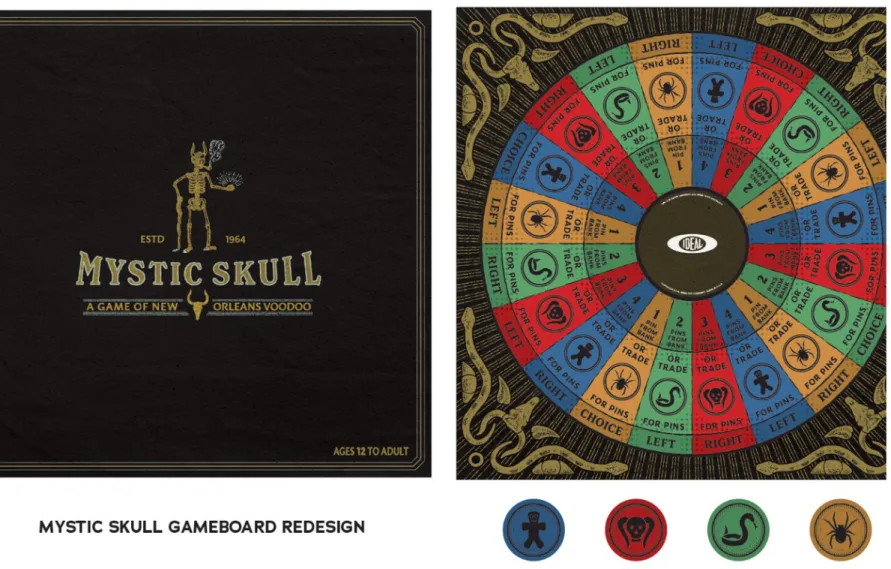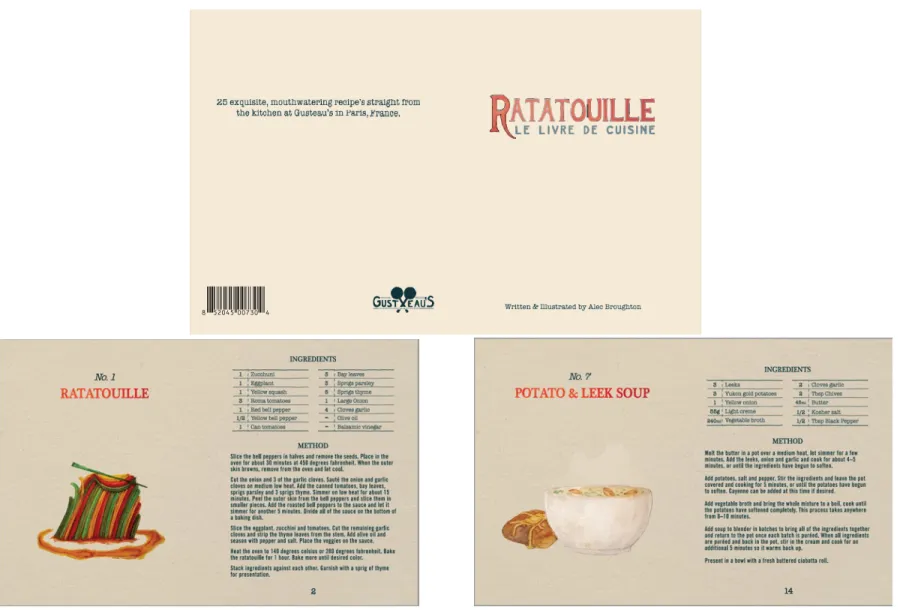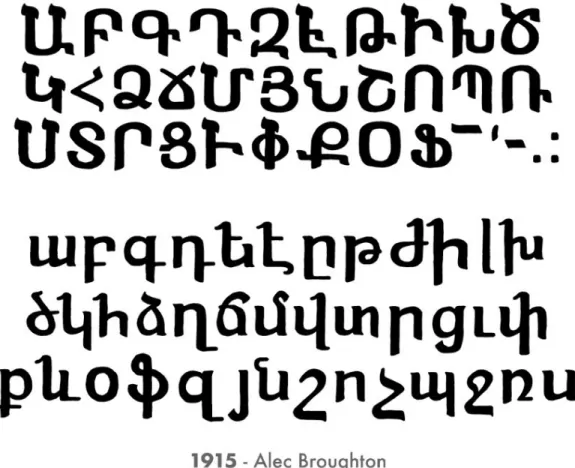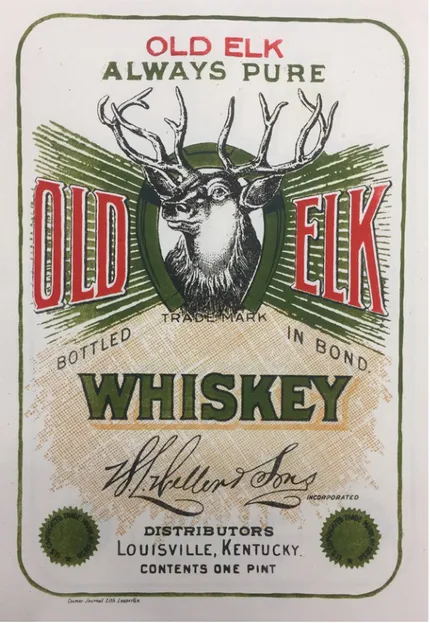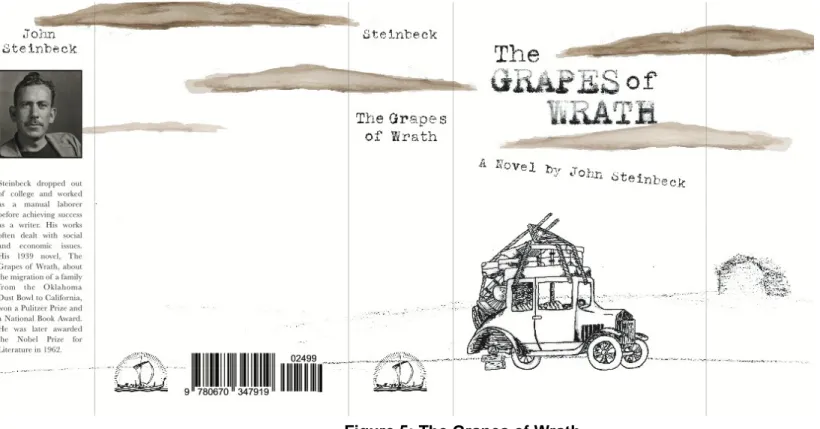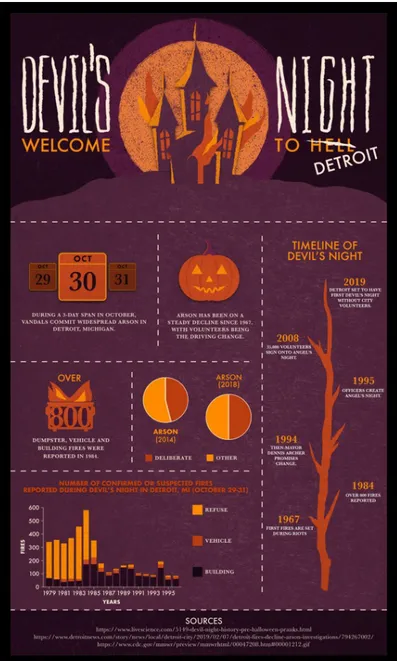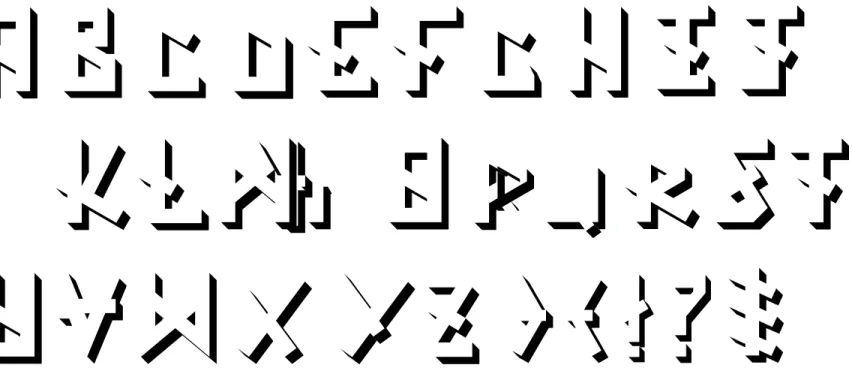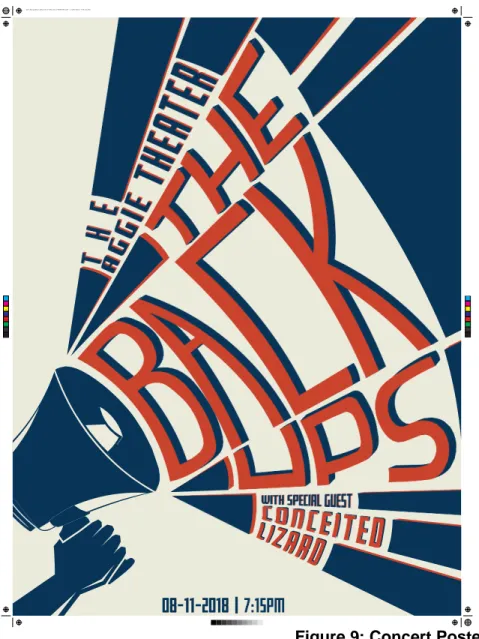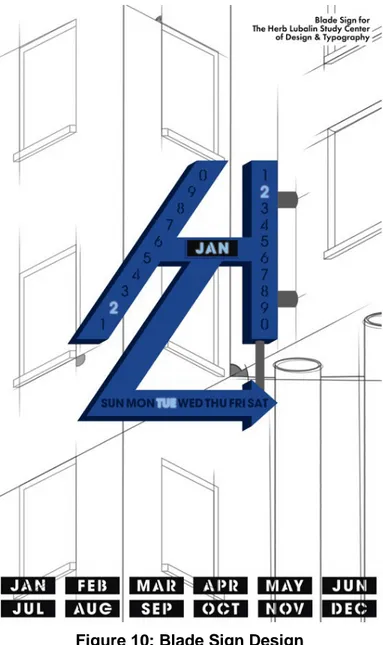Alec Broughton
2019 Capstone – Graphic Design Department of Art and Art History Artist Statement:
In a time where authenticity is lacking in the interactions between brands and their audience, it is ever more apparent how important it is to be genuine. We live in a digital age where computers do the majority of the work for us. The pencil and paper have been replaced with the computer. Many modern brands are lacking in honesty and craft because of this and in the digital age, brands blend and meld together, none more unique than the other.
I intend to create authentic and genuine artifacts. I use traditional tools along with modern technology to create visual works that transcend traditional elements. The most important aspect of my work is the most human: craft. Everything begins with a pencil and paper. When a viewer can tell that the work behind a product is carefully crafted, it instantly helps to build rapport before they even interact. The brand, the designer, and the viewer all have a similar goal: to strive greatness with the presence of imperfection. I draw a lot of my inspiration from the design of America and Europe in the early 20th century. The importance of detail paramount in this era. There are such small parts of the finished product that complete the overall vision of the artist. Designers like Herb Lubalin, Alexander Rodchenko, and Saul Bass were pioneers in design and art during a time where innovation was the cornerstone of our culture.
I create to provide a feeling of nostalgia, like a distant memory which we wish to rediscover. I strive to be a good designer, a good father, a good brother, a good son… and to leave a legacy that lasts through my work.
Title Original Format
Figure 1: Mystic Skull Game Board Redesign Illustrator, 16 in x 16 in x 4 in
Figure 2: Ratatouille Cookbook Illustrator, 5 in x 7 in per page
Figure 3: 1915 | Armenian Alphabet Typeface Design Illustrator, 11 in x 17 in
Figure 4: Old Elk Lithograph | 5 colors Lithograph, 12 in x 16 in
Figure 5: The Grapes of Wrath Illustrator, 8 in x 4in
Figure 6: Halloween Infographic Illustrator, 900 px by 1600px
Figure 7: Book Illustration Illustrator, 7 in x 5 in
Figure 8: Fyntype Typeface Illustrator, N/A
Figure 9: Concert Poster Illustrator, 20 in x 40 in
Figure 9: Concert Poster C M Y C MY CY CM K
